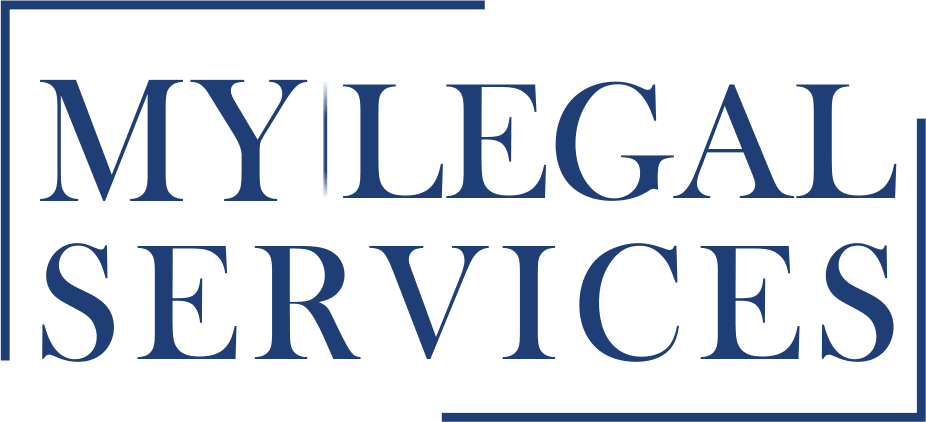In this article, we outline the Statement of changes to the Immigration Rules, namely Paragraph HC 1118, March 2022. The government policy document consists of 205 pages of the full changes to take effect on different dates and announced The full publication can be accessed here.
The new Immigration rule changes significantly help the following:
- Individuals
- Scale-up route
- High Potential Individual route and
- The new Global Business Mobility routes
Today, we specifically look at the announcements made relating to individuals;
- The new ‘Appendix Private Life’
This will effectively replace Paragraph 276ADE(1) of the Immigration rules and will continue to retain four grounds where an applicant can be granted leave to remain in the UK on the basis of their private life.
- to a child resident in the UK for at least seven years who cannot reasonably be expected to leave the UK (previously referred to as the ‘seven-year children’ concession), which will now be paragraph 3.1 in the Appendix;
- to a young adult aged between 18 to 24 years and resident in the UK for at least half their life, which will now be paragraph 4.1 in the Appendix;
- to someone resident in the UK for more than 20 years, which will now be paragraph 5.1(a) in the Appendix; and
- to someone whom will face very significant obstacles to integration in their country of return if returned by the Home Office, which will now be paragraph 5.1(b) in the Appendix
The new Immigration rules under ‘Appendix Private Life’ will allow young adults and seven-year children to choose whether to apply for leave to remain in the UK for a period of 30 months or 60 months. The rules also allow applicant’s to qualify for indefinite leave to remain (ILR) quicker. The current rules means that you must complete 10 years on the private life route to qualify for ILR. Appendix Private Life will subsequently allow:
- A child or children who was born in the UK will be able to apply for ILR immediately after spending 7 years of their life in the UK. However, they would need to demonstrate that it will not be reasonable to expect them to leave the UK.
- A child born in the UK who has been continuously been resident in the UK for less than 7 years may be added as a dependant to a person (Parent) on the private life route or where there are compelling and compassionate circumstances.
- A child not born in the UK but has lived in the UK, there will be a accelerated route allowing them to get ILR after 5 years as opposed of 10 year’s leave.
- Applicant’s will be able to combine together time on family and private life routes towards the qualifying period, rather than having to ‘reset the clock’ on the qualifying period if their circumstances change, though they will need to complete at least one year in their current route. Previously, that ten years’ continuous leave had to have been spent just on the private life route.
- Applicants for settlement will be able to rely on GCSE, A Levels or equivalent Scottish Higher qualifications in English language or literature following education in a UK school to show they meet the English language requirement (these changes will be reflected in Appendix English language)
The ‘Appendix Settlement Family Life
The requirements for ILR for those seeking ILR on the ten-year family route are being placed into two other newly created appendices: ‘Appendix Settlement Family Life’ and ‘Appendix Relationship with Partner’. The new rules will requires;
- New “continuous residence requirement” for ILR for those who are in the UK as a partner or parent on the ten-year route. A requirement to have spent not more than 180 days outside the UK in any 12 months during the qualifying period. A few exceptions would apply to this rule for the purposes of work, study, supporting family overseas, a pandemic or due to a life-threatening illness.
The new ‘Appendix English Language’
Applications for settlement previously were required to pass the Life in the UK test together with B1 Level in Speaking and Listening. Applicants will be able to rely on GCSE, A Levels or equivalent Scottish Higher education and other qualifications to meet the English language requirement.
The new ‘Appendix Relationship with Partner’
A partner can be the applicant’s spouse or civil partner or a person in a durable relationship similar to a marriage or a civil partnership of at least two years. The requirements are that:
- the partners have met;
- are both aged over 18;
- are not related within the prohibited degrees that prevent marriage or civil partnership;
- any previous relationships must have broken down (with a limited exception for polygamous and polyandrous marriages); and
- the relationship must be genuine and subsisting
This new appendix currently only applies to those seeking ILR on the ten-year partner route, however, the explanatory memorandum promisingly expresses an intention to extend it to “other routes” in future.
Organisations and individuals impacted by the above developments are encouraged to contact a Newland Chase immigration specialist for case-specific advice. For general advice and information on immigration and business travel to the UK, please contact us.
This immigration update is for informational purposes only and is not a substitute for legal or scenario-specific advice. Furthermore, it is important to note that immigration announcements are subject to sudden and unexpected changes. Readers are encouraged to reach out to Newland Case for any case- or company-specific assessments.



